Behavior Profiles are a stand-out tool in the Think | BIG (behavior integration guidance) suite of social and behavior change tools. Using Think | BIG ensures that your program takes a whole ecosystem approach and is behavior-led, not intervention-driven. Behavior Profiles first appear in Step 4, during phase one Focus and Analyze, of the three-phase system that comprises BIG.
Using Maternal Health Sample Behavior Profiles
A full course of quality Antenatal Care and Delivery in a Facility with an equipped, qualified provider can go a long way toward ending preventable child and maternal deaths. The Sample Behavior Profiles below provide examples of the type of analysis needed to support caregivers to practice these behaviors.
Unsafe induced and spontaneous abortions increase the risk of mortality or morbidity for women. USAID’s MOMENTUM Country and Global Leadership identified four behaviors crucial for reducing repeat unintended pregnancy postabortion. Thinking BIG About Postabortion Care provides specific guidance on using the sample postabortion care behavior profiles.
Each behavior has been written from the perspective of the person who will carry out the behavior – the primary actor. Informed by a global literature review, these Sample Behavior Profiles highlight some of the pathways to change for these behaviors. They are not intended to take the place of context-specific research.
In addition to the ways mentioned in the Behavior Profiles Overview, these Sample Behavior Profiles can help you:
- Demonstrate the pathways to change from behavior to strategies, emphasizing the importance of behavior-led (not intervention-driven) programming.
- Hold discussions with stakeholders on how an activity might be refined based on the identified pathways to change.
- Engage with stakeholders on how activities might be aligned around behaviors and the pathways to change.
- Think through some of the inhibiting and motivating factors shown to impact related behavior.
- Identify some of the actors, sectors, and strategies that might be required to impact the behavior in your context.
- Identify outcome indicators that directly measure the uptake of these behaviors.
- Make the case for context-specific development or adaptation of promising interventions.
How to Use Behavior Profiles and Behavior Summaries provides more detailed guidance.
Remember, these sample Behavior Profiles provide a good example of a Behavior Profile, but are not intended to take the place of in-country research or your own country-specific Behavior Profiles. To build your own Behavior Profiles, select the online or offline tool under Analyze.
Click to view the sample Behavior Profiles based on global research.
Contact us if you have questions or don’t see the kind of Behavior Profile sample you need. We’re here to help!
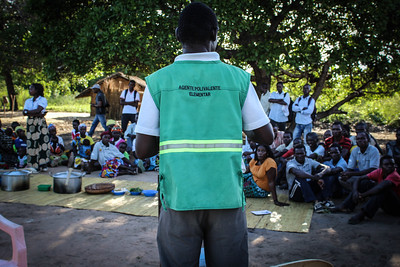
USAID MOMENTUM COUNTRY AND GLOBAL LEADERSHIP (MCGL)
Women seek Postabortion care
View PDF | View Bibliography | View Guidance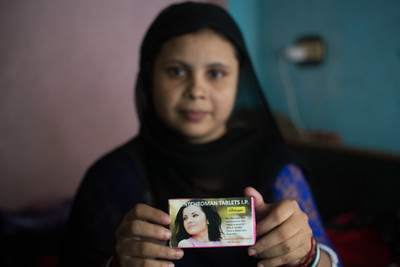
USAID MOMENTUM COUNTRY AND GLOBAL LEADERSHIP (MCGL)
Women Voluntarily Adopt Postabortion Family Planning
View PDF | View Bibliography | View Guidance
USAID MOMENTUM COUNTRY AND GLOBAL LEADERSHIP (MCGL)
Policymakers Establish Clear PAC Policies
View PDF | View Bibliography | View Guidance


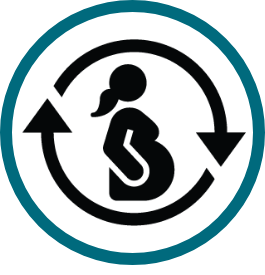
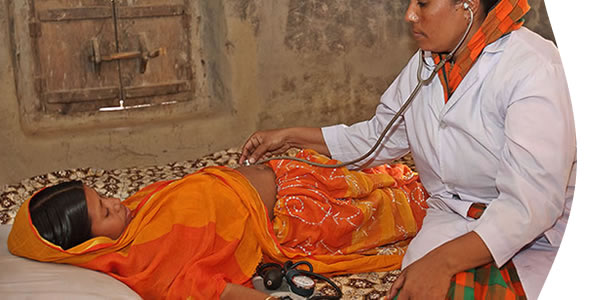
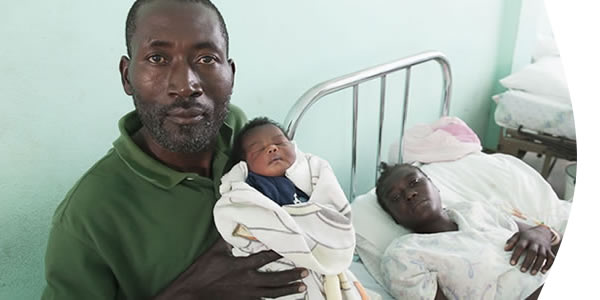
 The Manoff Group was acquired by JSI in 2022.
The Manoff Group was acquired by JSI in 2022.